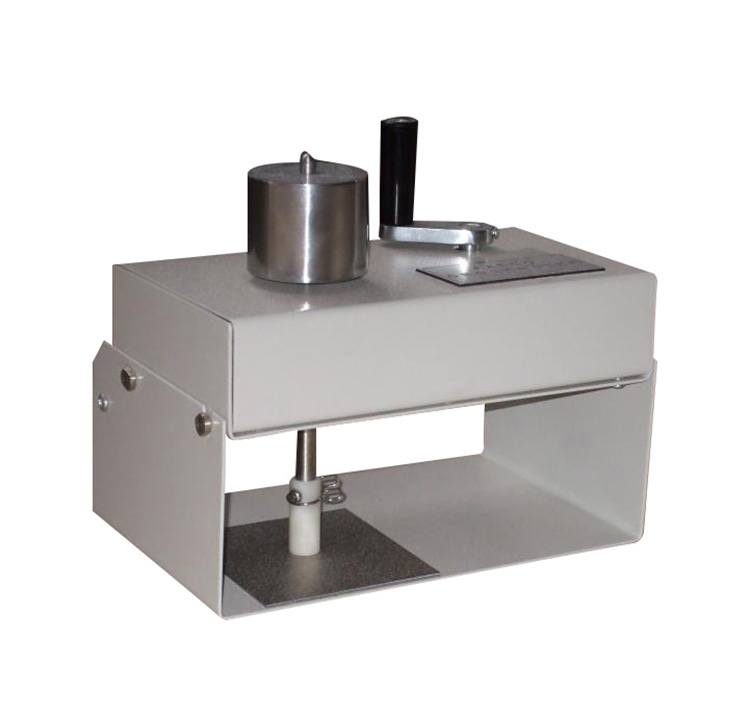
NewsInformation Center
5 Important Safety Precautions for Colorfastness to Rubbing Test
2023/07/28
When conducting a color fastness to rub test, it is critical to ensure that proper safety precautions are taken to protect the safety of the tester and provide a safe testing environment. Below are five important safety precautions when conducting color fastness to rubbing tests:
1. Wear personal protective equipment (PPE):
Testers should wear personal protective equipment (PPE) such as a lab coat, eye protection (safety glasses or face shield) and hand protection (lab gloves). This will protect testers from chemical spills, color dye exposure, etc. that may occur during testing.
2. Ensure proper ventilation:
Color fastness to rubbing tests usually involve the use of solvents or other chemicals. To ensure the safety of testers, tests should be conducted in a well-ventilated laboratory or next to equipment. This effectively removes harmful gases, vapors or odors and maintains air quality.
3. Regular maintenance and inspection of equipment:
Test equipment requires regular maintenance and inspection to ensure its safety and proper operation. Testers should familiarize themselves with the proper use of the equipment and follow the operating manuals and safety guidelines provided by the manufacturer.


4. Follow proper operating procedures:
Testers should strictly follow the operating instructions and standard operating procedures. Do not skip or alter any steps to ensure the accuracy and safety of the test.
5. Dispose of waste and chemicals:
Waste and chemicals generated during testing should be properly handled and stored. Place waste liquids, wastes, and waste reagents in appropriate containers and dispose of them according to local regulations and safety standards and in accordance with prescribed methods.
These safety precautions help to ensure the safety of testers when performing color fastness to rubbing tests and to prevent accidents and chemical exposure. Testers should also receive relevant safety training and be aware of laboratory safety procedures prior to testing.
Previous: 10 Mistakes to Avoid in Rubbing Fastness Testing
N e x t : How to use the ASTM D3512 Random Tumble Pilling Tester?



